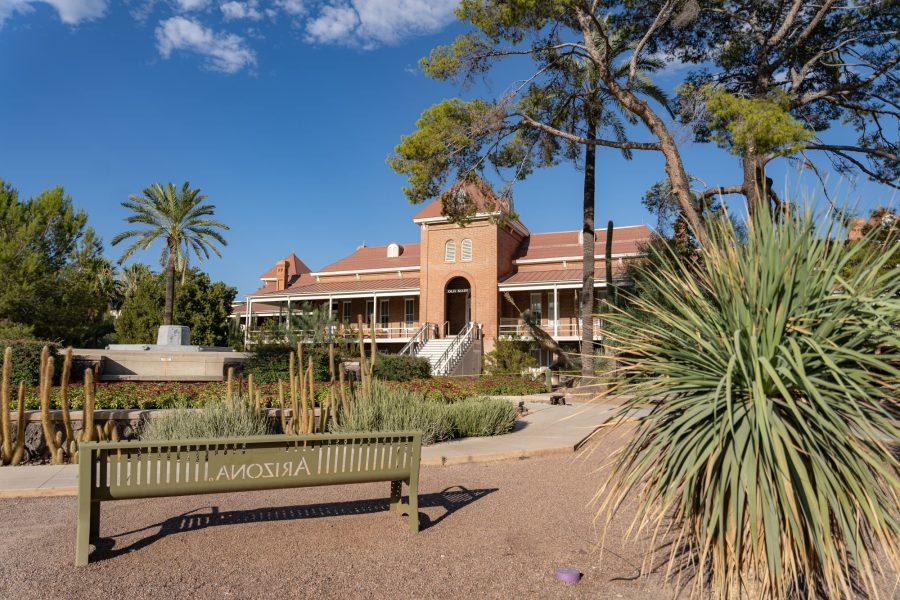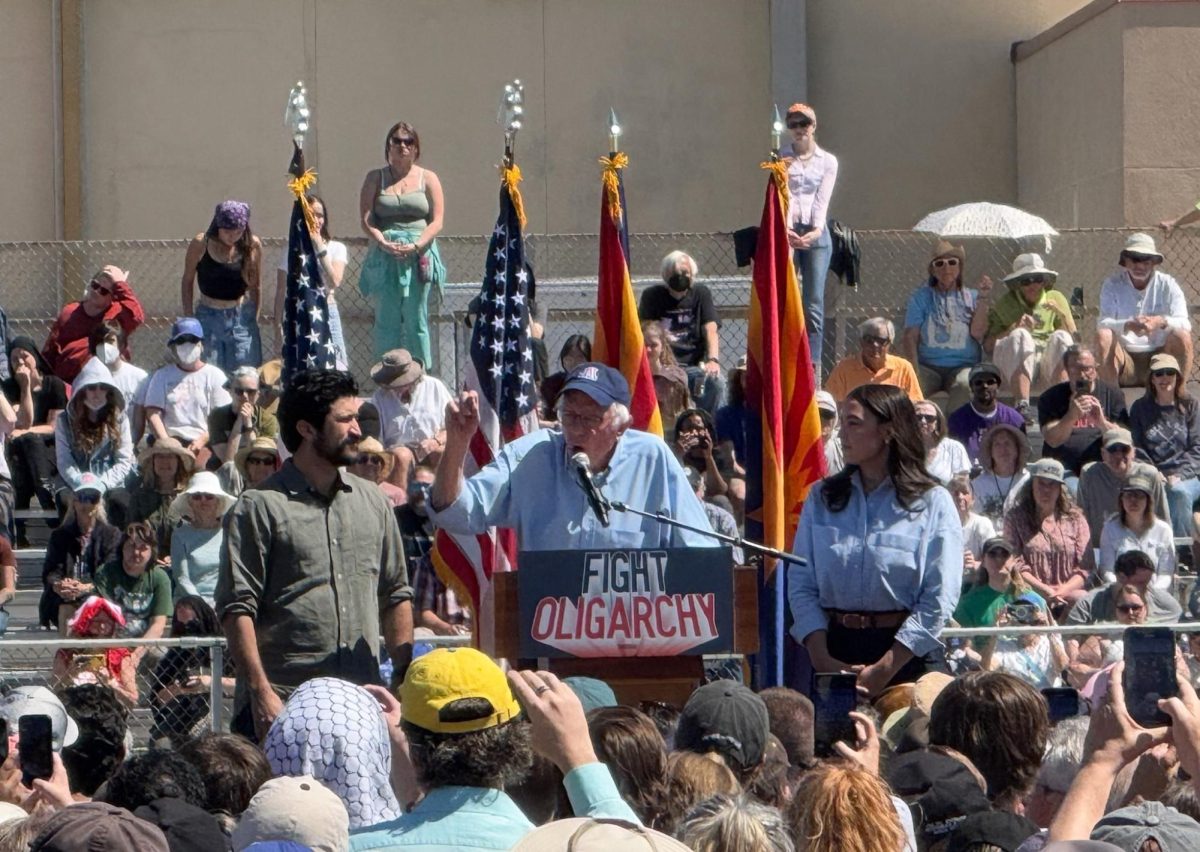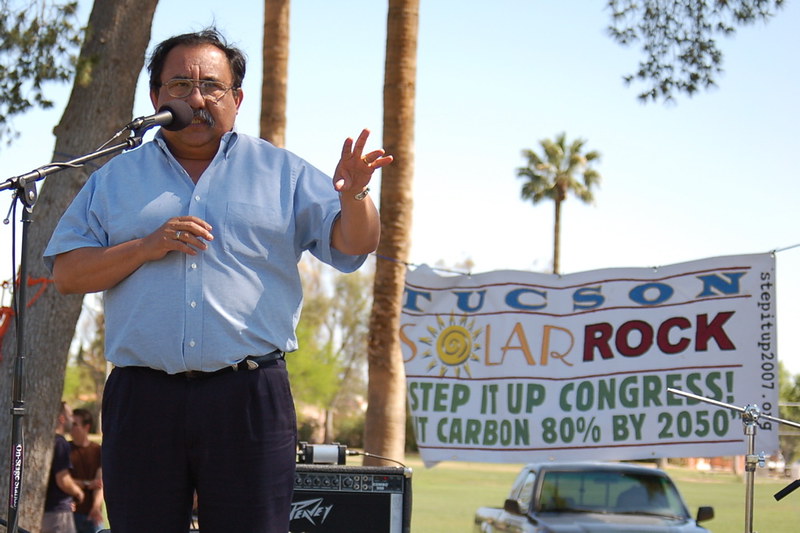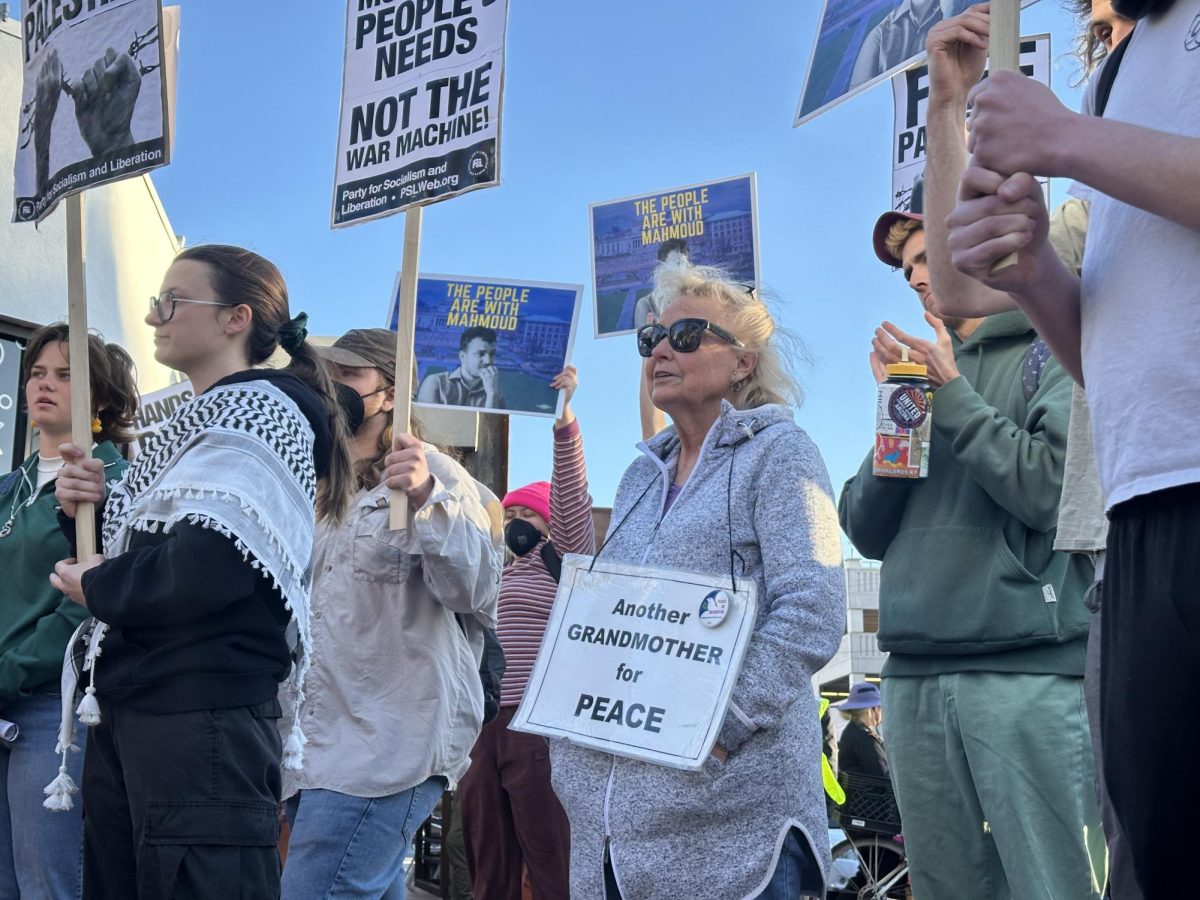In the wake of the Oct. 5 killing of professor Thomas Meixner on campus, questions and complaints have arisen about the University of Arizona and its upper administration regarding how the incident was handled.
United Campus Workers of Arizona issued a statement on Oct. 6, following the shooting, criticizing the administration’s response. UCWAZ is the workers’ union for faculty and staff at the UA and Arizona State University.
Their statement, posted on Twitter, expresses the union’s disappointment with the, “callous treatment,” of university employees.
“Our University of Arizona community is not okay,” the statement begins. “Less than 24 hours after our colleague and teacher, Professor Meixner, was murdered on campus, we are required to return to work and resume our teaching and mentoring as if nothing happened.”
Sandra Soto is a gender and women’s studies professor at the UA and president of UCWAZ. She was a founding member of the union and was elected as president earlier this semester.
Soto said she was displeased with the initial communication from the university following the shooting, finding it conflicting and insufficient.
“We felt the need to put out a statement when it became clear that we were receiving, at first, no communication from upper leadership on our campus,” Soto said. “It took many, many hours for the president to issue a statement and then when that statement was finally issued it was unclear whether campus was going to be open.”
Classes were canceled via UAlert for the remainder of Oct. 5, following the shooting that afternoon. However, the union and other groups were surprised and dismayed that classes were scheduled to resume as normal the following morning.
“When the university finally announced that it would be open, the day after the shooting, we were in shock,” Soto said. “We were in utter disbelief that university administration made this decision less than 24 hours after the actual shooting, not giving students, staff, faculty, the time to process what had happened.”
Soto works in the College of Social and Behavioral Sciences and commended Dean of the College of Social and Behavioral Sciences Lori Poloni-Staudinger for her compassionate message, and for allowing professors to cancel class. Soto canceled her in-person classes on Oct. 6 and held open Zoom hours for students to come and discuss what happened if they wanted to.
According to Soto, UCWAZ is a new union, founded at the onset of the COVID-19 pandemic due to unhappiness with the university’s furlough system.
The statement also mentions concerns about recent demands made by the school’s Coalition of Black Students and Allies. Soto said that before the shooting occurred, the union was mainly concerned with responding to the concerns put forth by COBA and their accusations against top university leadership.
Soto did say that the university’s response to the tragedy became more compassionate in the following days, but was surprised that it took social media outrage to get them to change. She believes this problem isn’t just in Arizona and happens at many universities.
“Upper administrations are so removed from the day-to-day operations of campus life,” she said.
“They don’t have a pulse on the feelings and the texture of our university.”
UA President Dr Robert C. Robbins’s email on the night of Oct. 5 did not mention canceling classes, but an Oct. 6 email did acknowledge that many instructors themselves had chosen to cancel.
“I support these approaches and the exercise of discretion on the part of each instructor and student,” the email read.
University Communications did not respond to a request for comment on why classes were not canceled or whether that course of action was considered.
UCWAZ is evidently not the only group that was unsettled by the university’s handling of events. A widely shared artwork created by Instagram user @dietz_the_art depicts UA mascot Wilbur mopping up blood and snarling, “get back to class!”
Other UA organizations, such as the student-run Young Democrats, expressed similar concerns. In a statement on Instagram, the club President Anastasia Taylor criticized the university for moving on too quickly from the tragedy.
“[The UA] needs to do better, and we all deserve an apology for how they handled this,” the statement concludes.
In recent weeks, the university has been communicating mainly through email, with Robbins issuing several statements regarding security measures and actions taken by the university.
An Oct.10 email titled, “Campus Security Update” promised to, “retain recognized independent external experts in security and threat assessments to begin a comprehensive review of all aspects of our campus safety, violence prevention, and public safety response, with an initial report, including recommendations, due to [Robbins] within 75 days.”
On Oct.17, a follow-up email “in the interest of openness and transparency” presented a timeline of all the actions taken against the former student who killed Meixner.
Information about the university’s Critical Incident Response Team and the Threat Assessment Management Team was also included in the message. It remains unclear what, if any, specific changes will be made to the university’s emergency response.
“There’s a sense, I think, that people have that because there is a UAPD on campus, a police force on campus, that we are safe,” Soto said. “But it’s clear that that presence is not sufficient to protect students and faculty.”
The email from Oct. 17 also announced an online survey, inviting the UA community to offer their suggestions, feedback and opinions on campus safety.
“I think that the messaging that we receive through the UAPD, the crisis alerts, they need to be much more clear, so that students and faculty and staff, the university community, know exactly what to do in these moments,” Soto said. “I think that faculty apparently need to be trained on how to quickly think on our feet if we’re on campus and in a classroom when something like this happens.”
This is Soto’s 21st year working at the university, and she said that she has never received training on what to do in this type of attack. She was working at the university in 2002, during the tragic shooting of three faculty members in the UA College of Nursing.
“One of the things that a union can do, that other entities can’t do, is provide historical memory for an institution,” Soto said.
Follow Erika Howlett on Twitter








